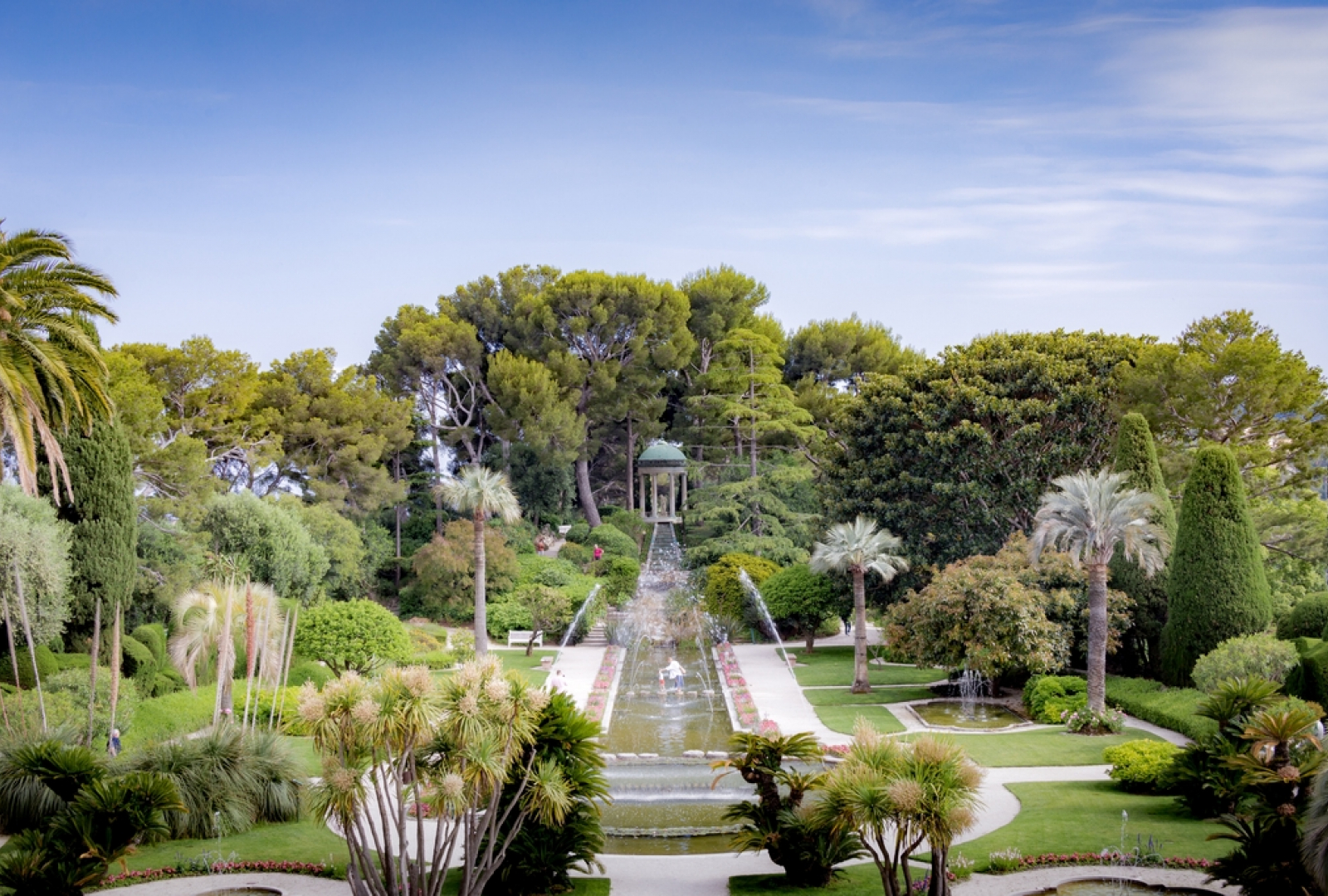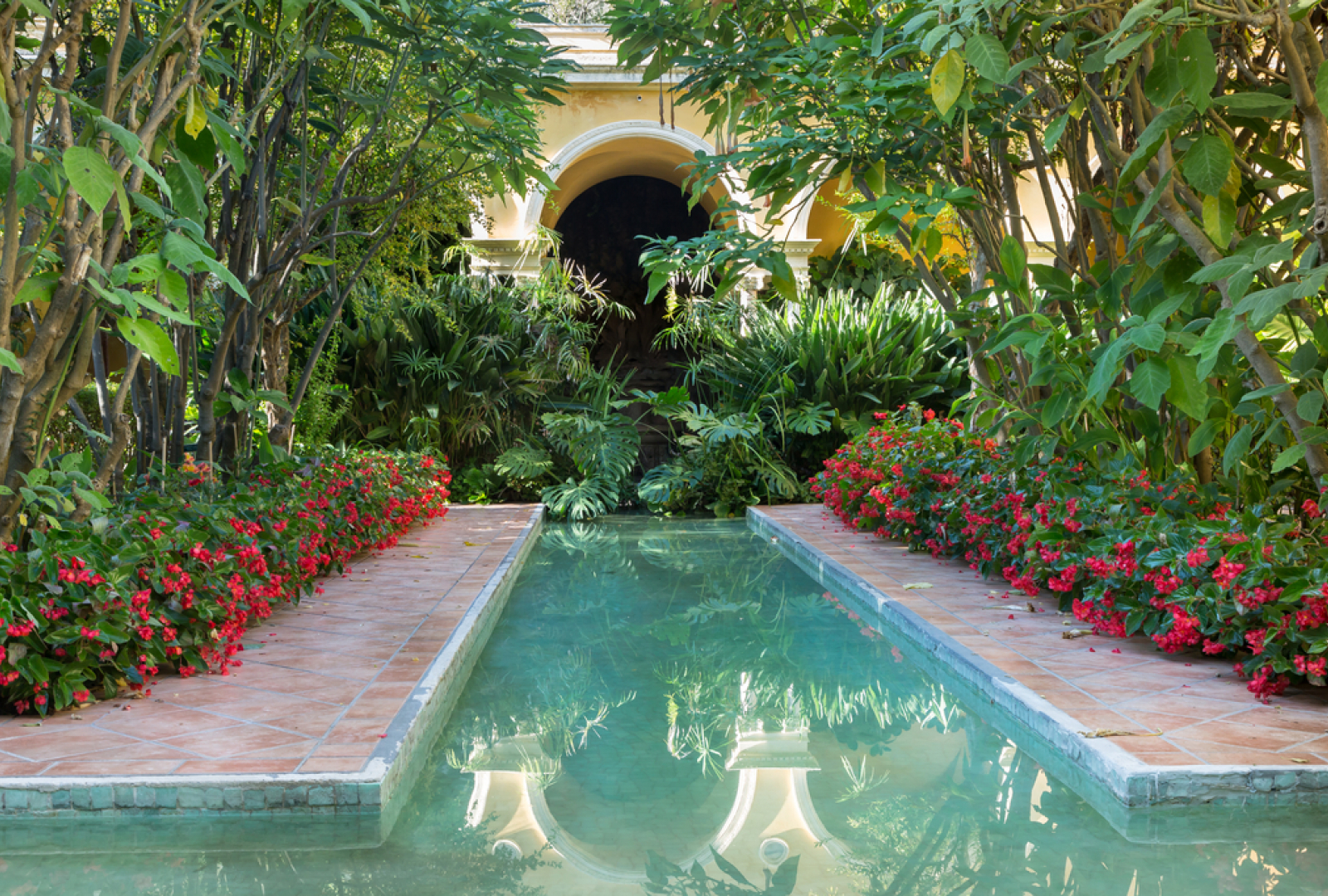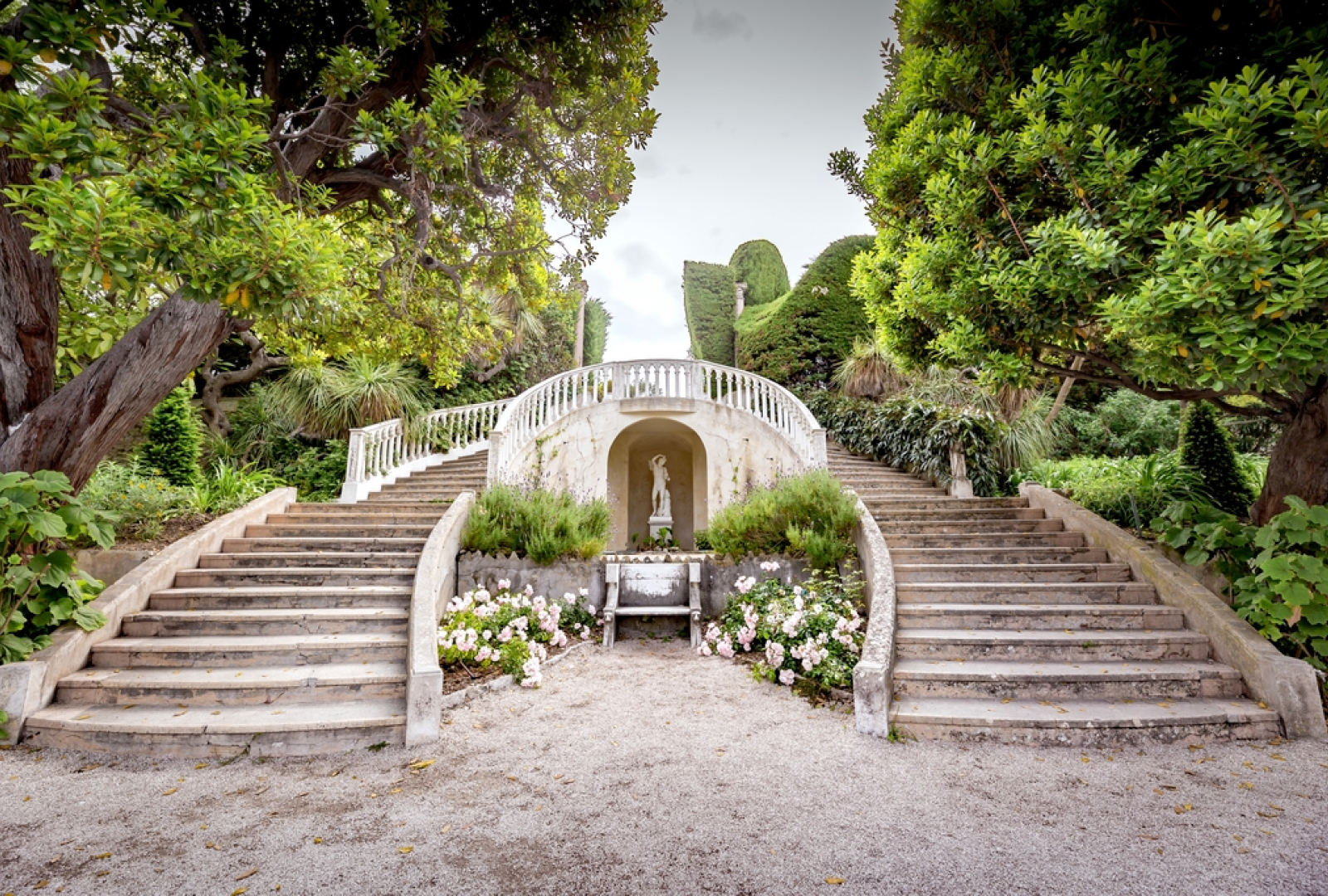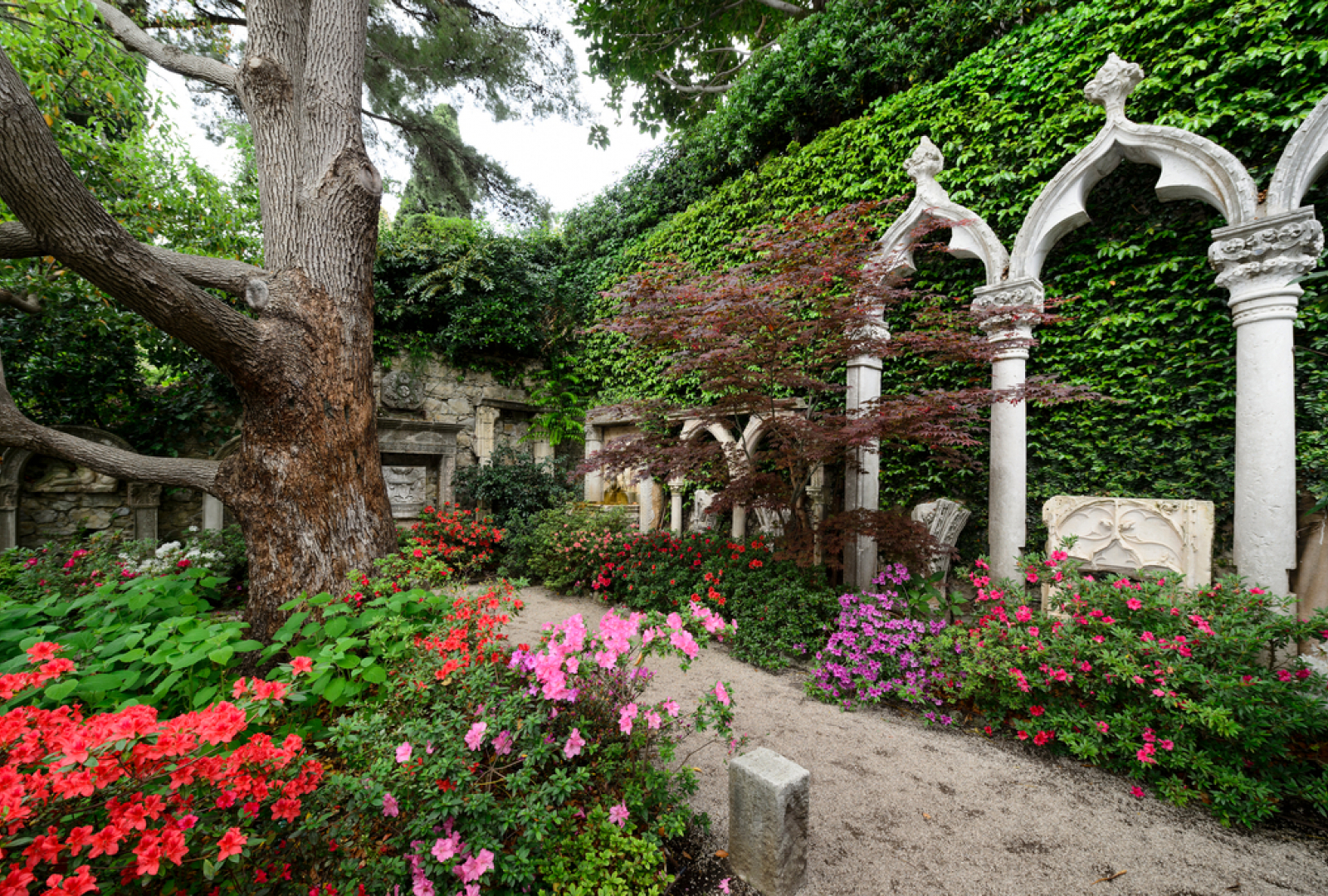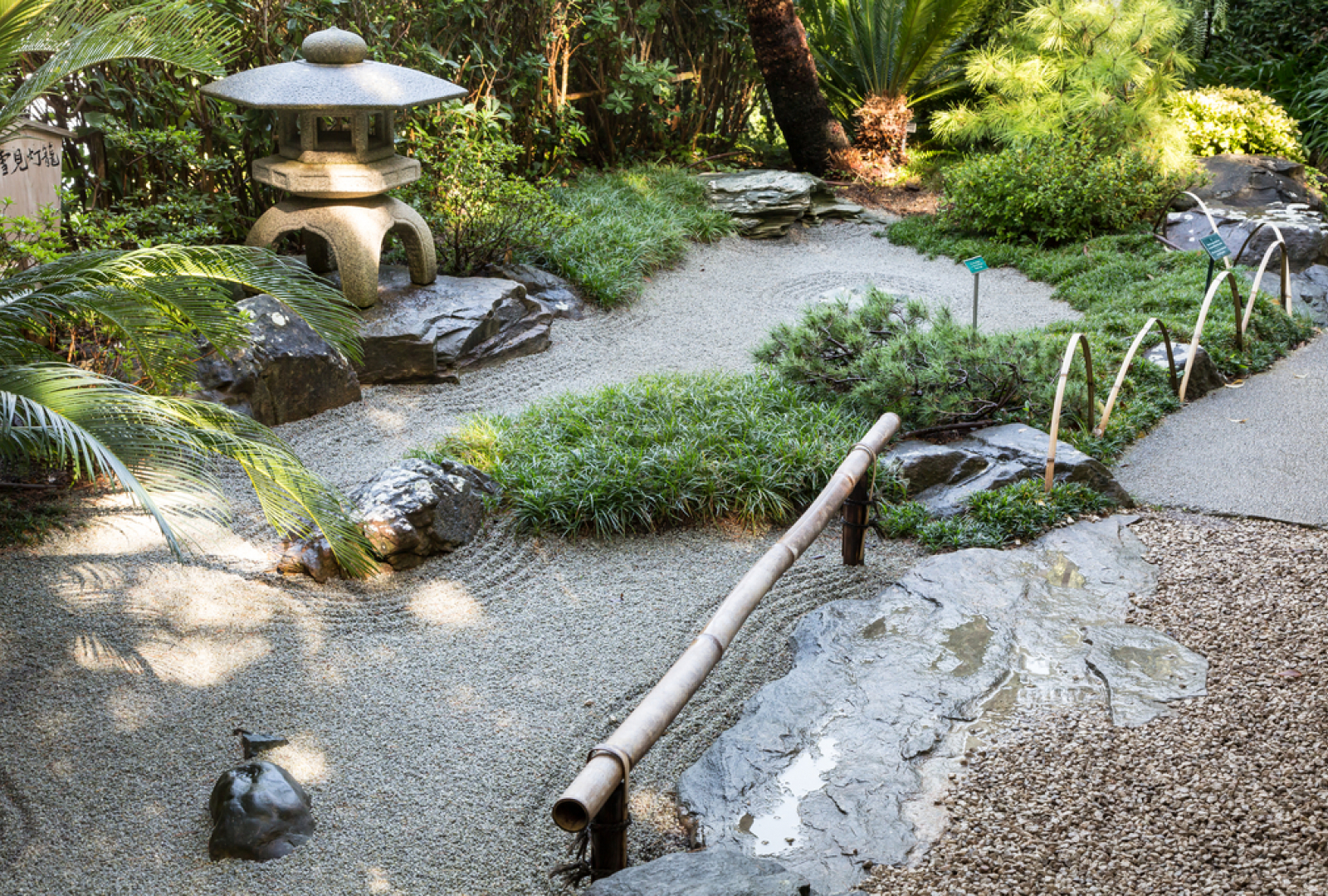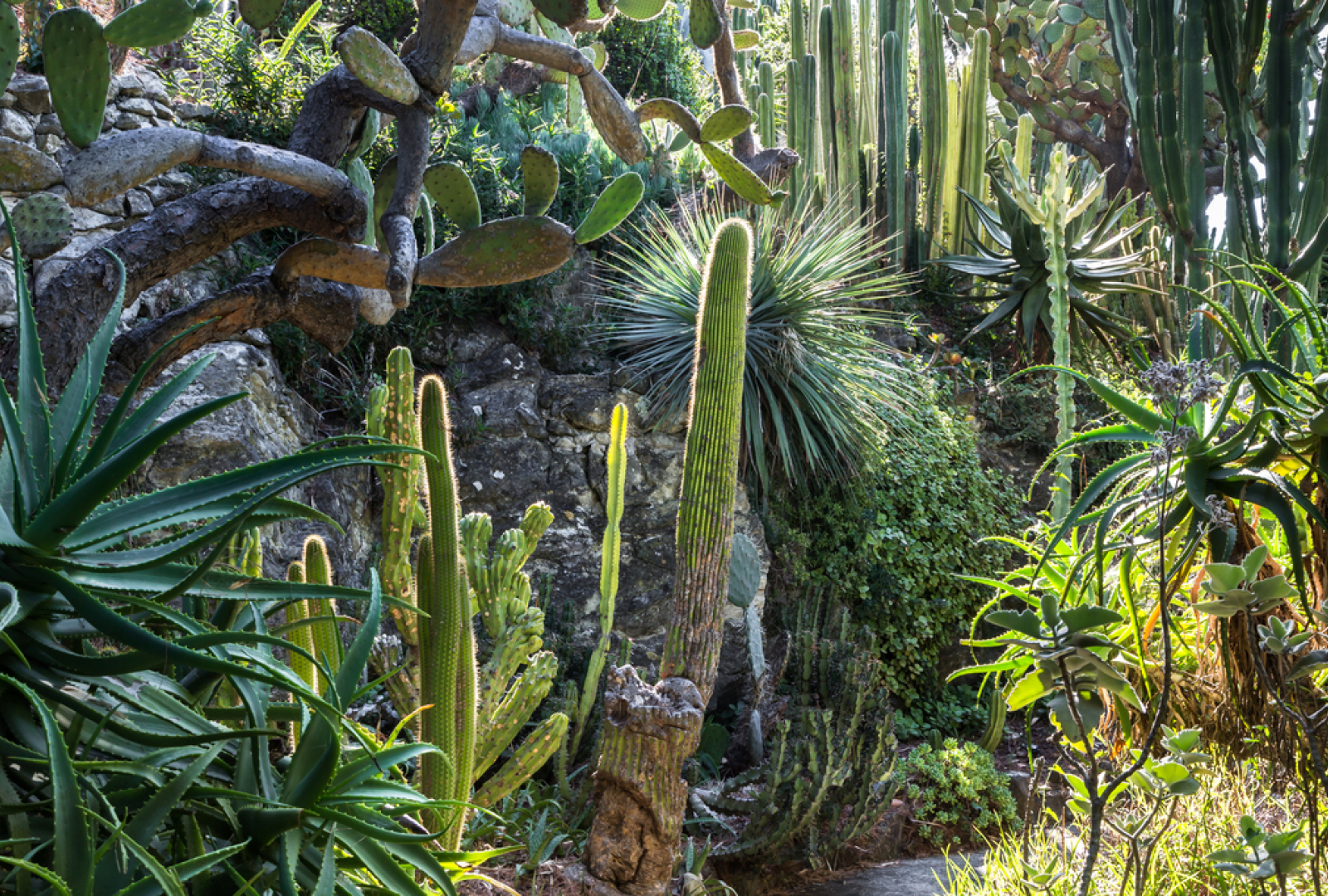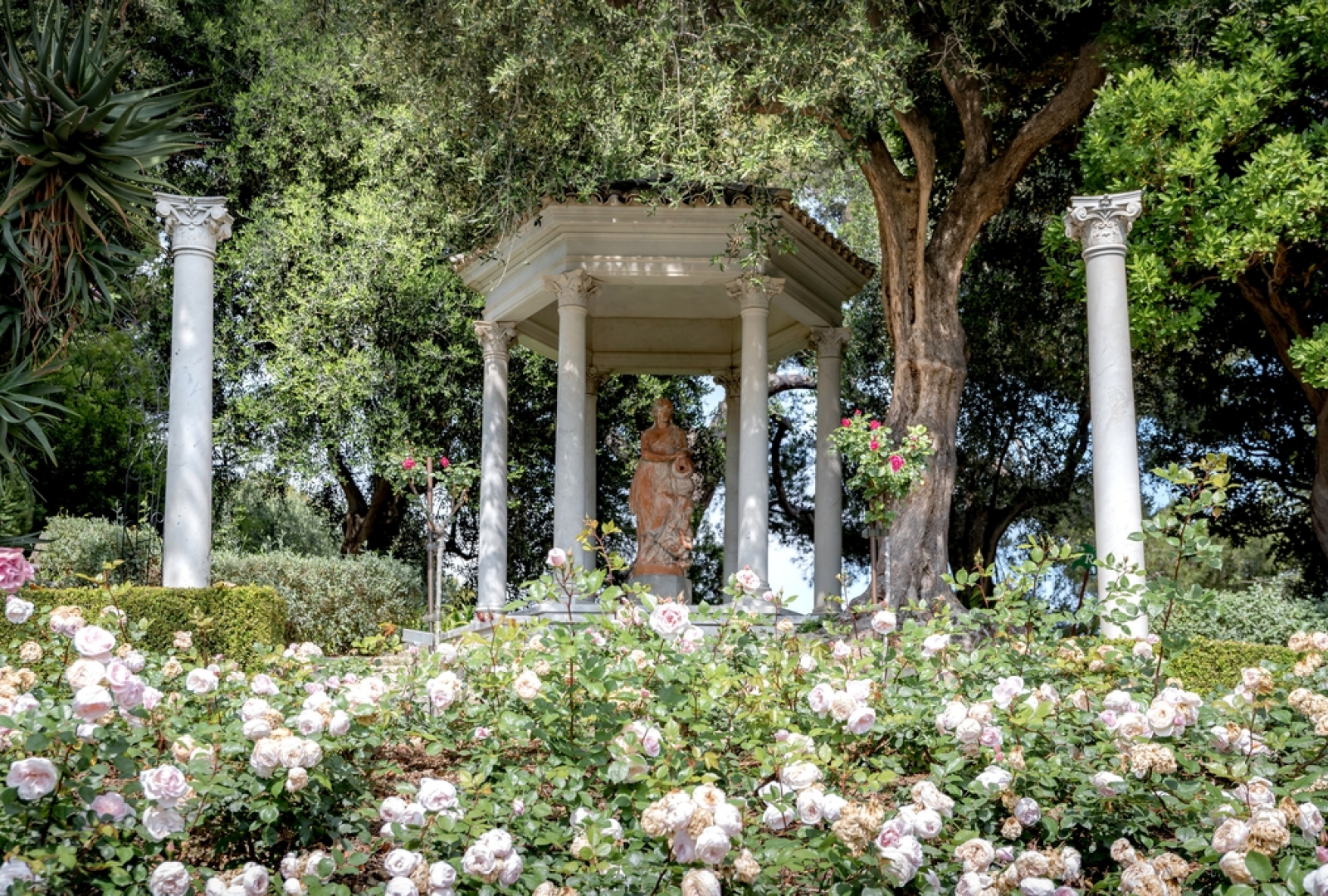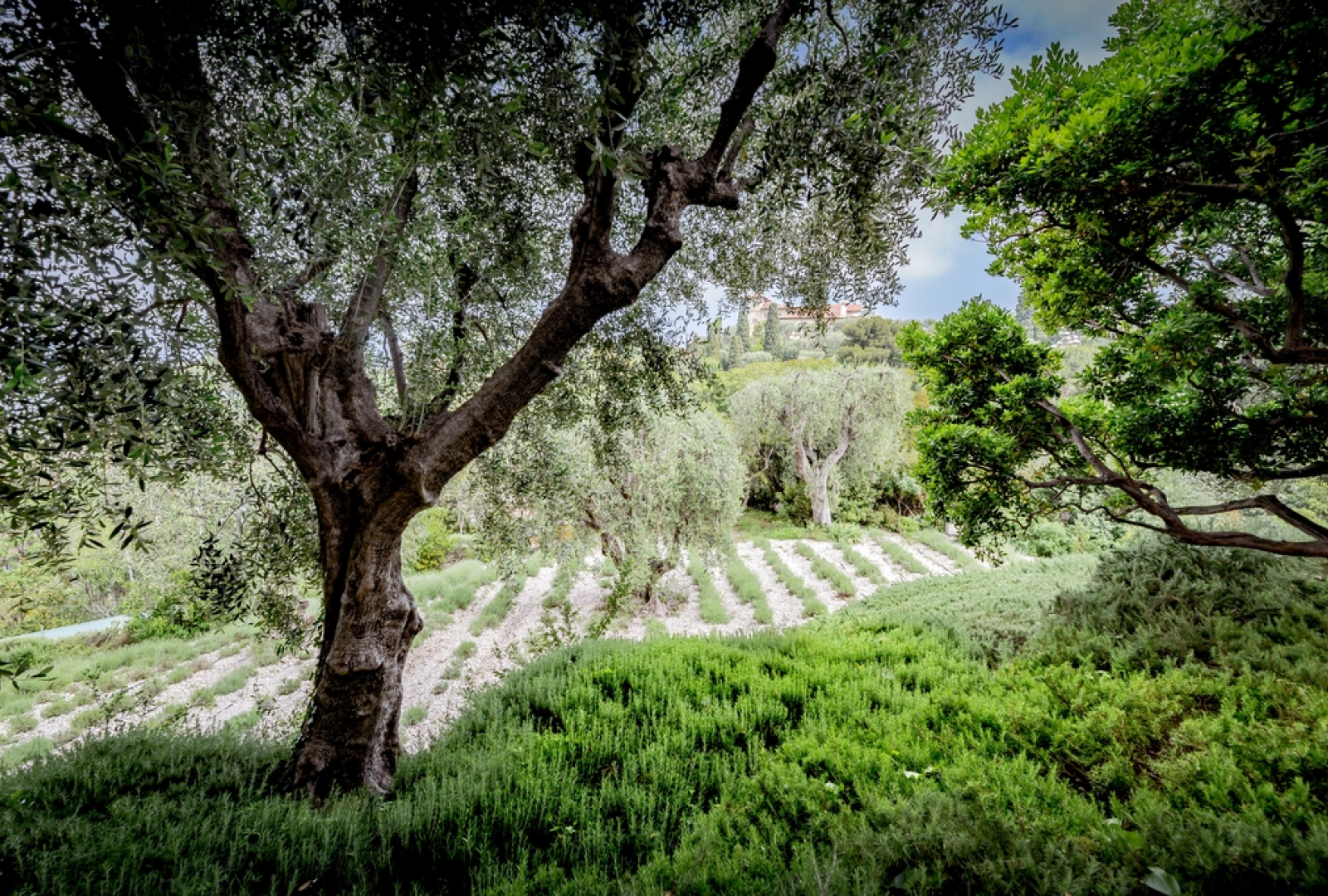Access to the villa and tea-room requires the presentation of a vaccination pass which can take different forms (digital or paper format):
- Vaccination certification (complete vaccination schedule, booster dose included within the time limit for eligible persons aged 18 years and 1 month or more) OR
- until 15 February, a negative test less than 24 hours old for people who have received their first dose and are waiting for their second dose OR
- certificate of recovery from COVID-19 more than 11 days and less than six months old OR
- certificate of contraindication to vaccination.
Wearing a mask remains compulsory.
More information on gouvernement.fr
We thank you for your understanding,
The Villa Ephrussi de Rothschild Team

